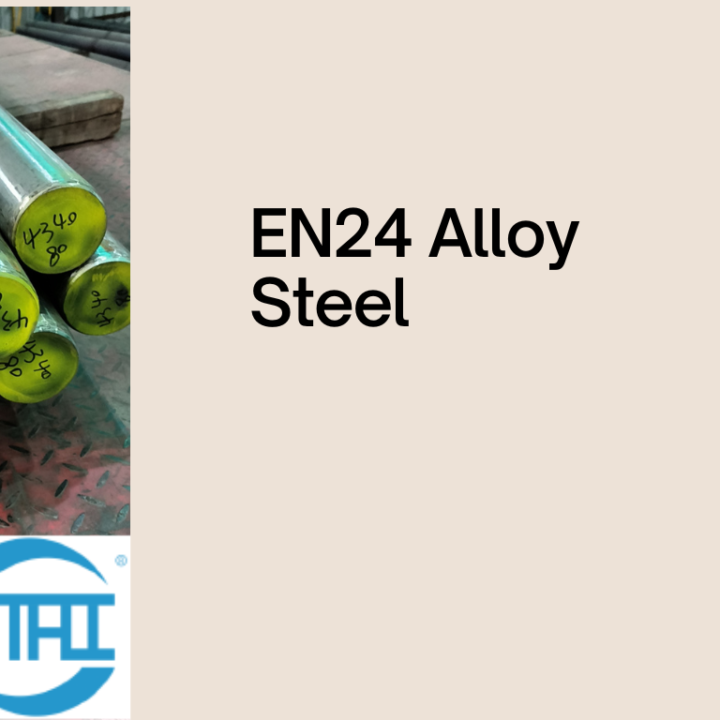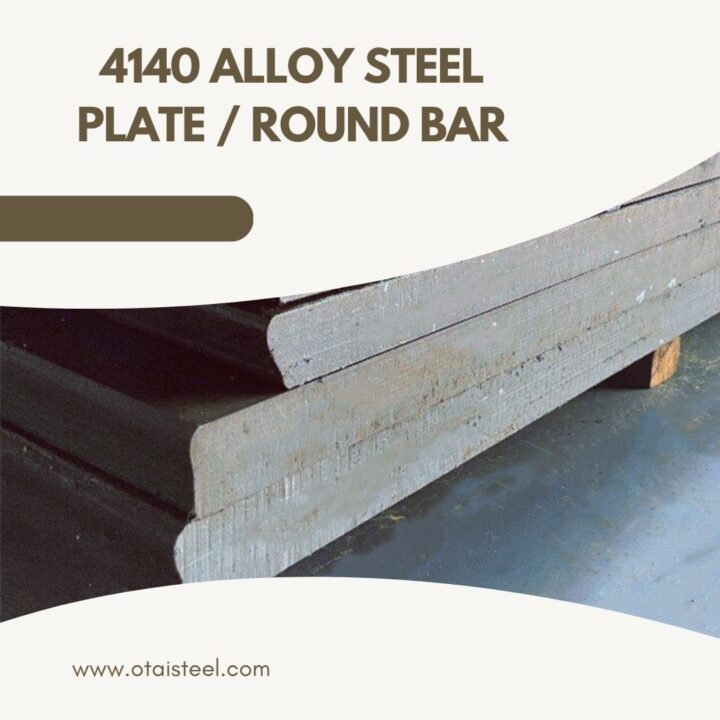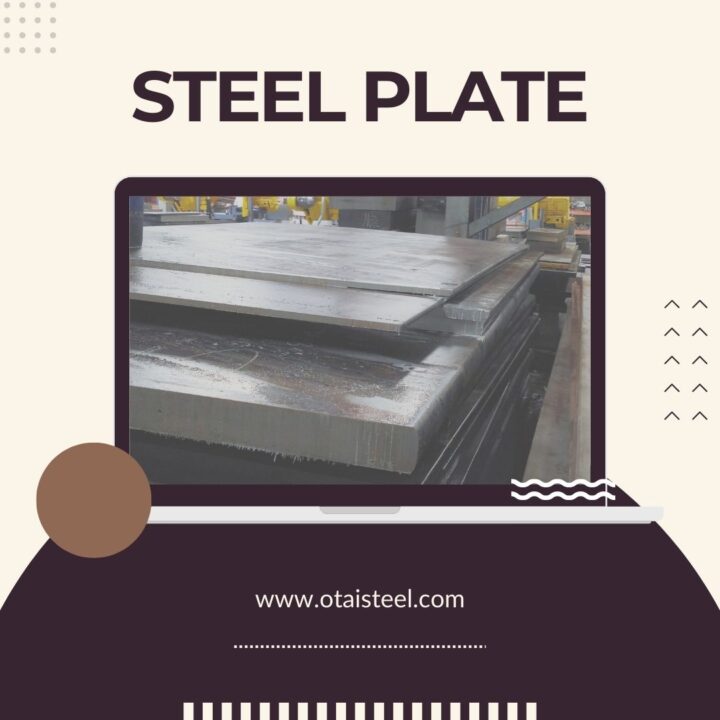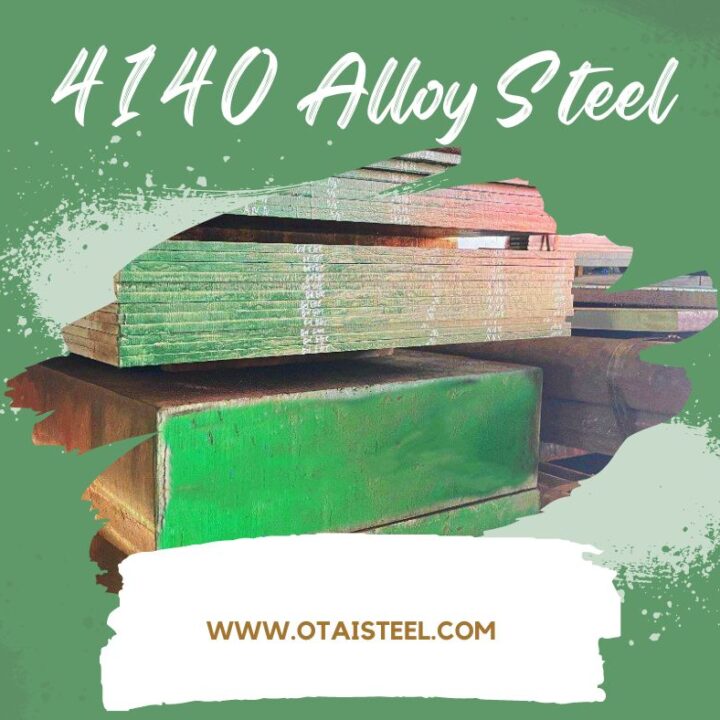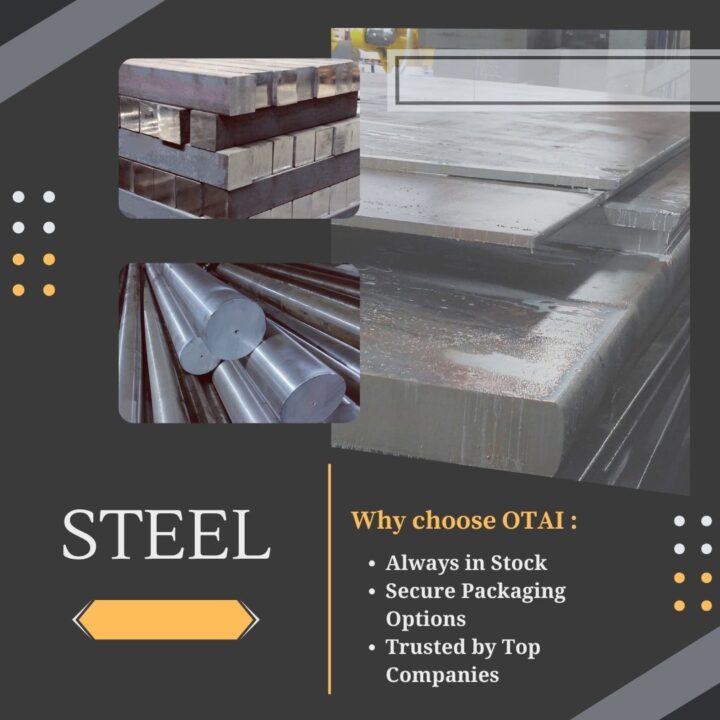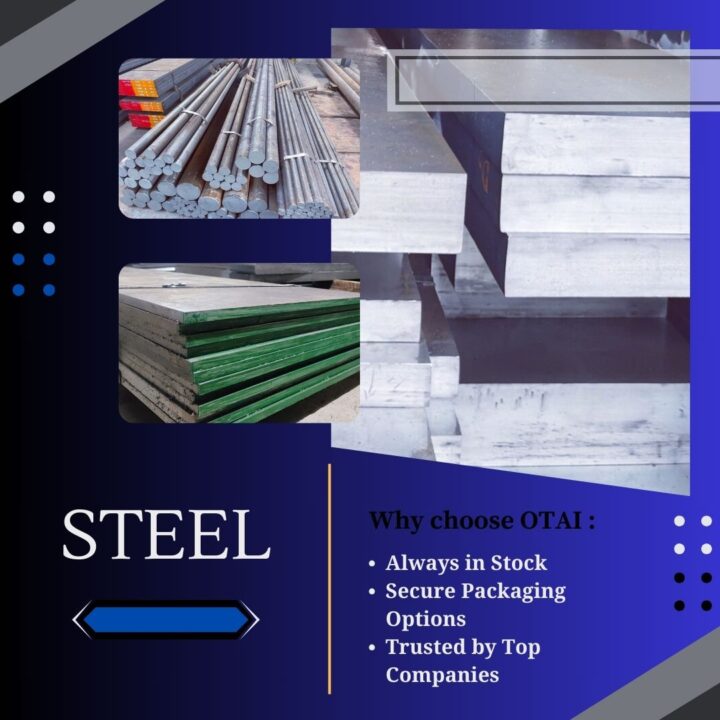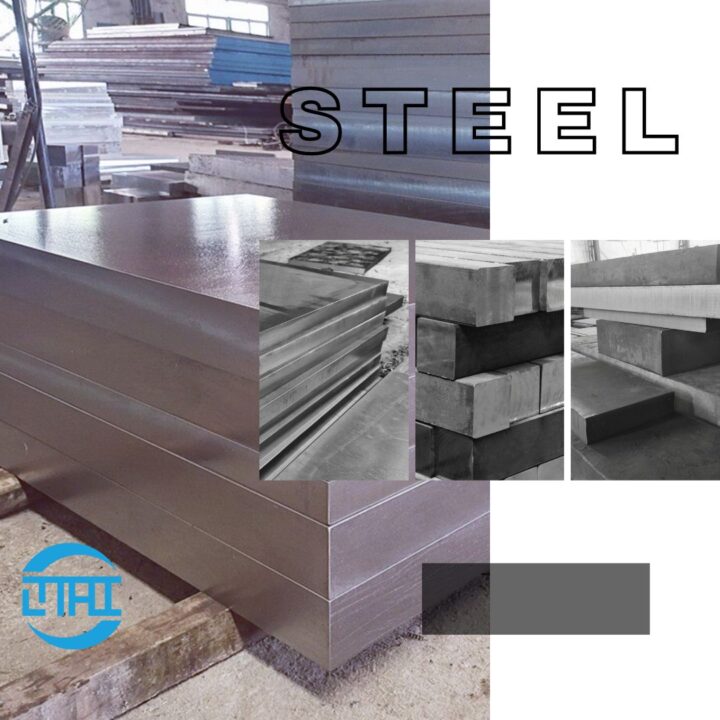Heat treatment is a controlled process used to alter the microstructure of a material, thereby improving its mechanical properties. By subjecting 4140 steel to specific heat treatment conditions, we can achieve desirable characteristics such as increased hardness, tensile strength, and impact toughness. Heat treatment also helps in refining the grain structure and relieving internal stresses, resulting in improved structural integrity. (4140 steel in different heat treatment conditions)
Effects of Heat Treatment on Mechanical Properties
Heat treatment significantly influences the mechanical properties of 4140 steel. By altering the microstructure, heat treatment can enhance several key characteristics:
- Hardness
Heat treatment processes such as quenching and tempering can significantly increase the hardness of 4140 steel. A higher hardness level improves the steel’s resistance to wear and deformation under load. - Tensile Strength
Heat treatment methods that involve rapid cooling (quenching) followed by tempering can increase the tensile strength of 4140 steel. This property is crucial for applications requiring high-strength components. - Impact Toughness
Heat treatment conditions that optimize the microstructure can improve the impact toughness of 4140 steel. Impact toughness measures the steel’s ability to withstand sudden impacts or shock loading without fracturing. - Ductility
Annealing heat treatment enhances the ductility of 4140 steel, making it more suitable for forming and machining operations. Increased ductility allows for better deformation and shaping without the risk of failure. - Fatigue Strength
Proper heat treatment can enhance the fatigue strength of 4140 steel, which is crucial in applications subjected to cyclic loading. Fatigue strength represents the steel’s ability to resist failure under repeated stress or strain.
Factors Influencing Heat Treatment Results
Several factors can influence the outcome of heat treatment on 4140 steel. These factors should be carefully considered to achieve the desired mechanical properties:
- Heating and Cooling Rates
The rate at which the steel is heated and cooled during heat treatment affects its microstructure and subsequent mechanical properties. Faster cooling rates often result in higher hardness but can lead to increased brittleness.
- Austenitizing Temperature
The temperature at which the steel is heated for transformation into austenite influences the resulting microstructure. Proper selection of austenitizing temperature is critical for achieving the desired balance of hardness and toughness.
- Time at Temperature
The duration for which the steel is held at the austenitizing temperature affects the transformation kinetics and, consequently, the microstructure and mechanical properties. Longer times can lead to coarser grain structures.
- Quenching Medium
The choice of quenching medium, such as oil, water, or polymer, influences the cooling rate and, subsequently, the resulting hardness and distortion of the steel. Different quenching media offer varying levels of severity.
- Tempering Temperature
The temperature at which the quenched steel is tempered affects its final mechanical properties. Lower tempering temperatures result in higher hardness, while higher temperatures enhance toughness.
By selecting appropriate heat treatment methods and optimizing process parameters, the mechanical properties of 4140 steel, such as hardness, tensile strength, impact toughness, ductility, and fatigue strength, can be tailored to specific application requirements. Understanding the effects of heat treatment on 4140 steel empowers engineers and manufacturers to harness its full potential in a wide range of industries. (4140 steel in different heat treatment conditions)
